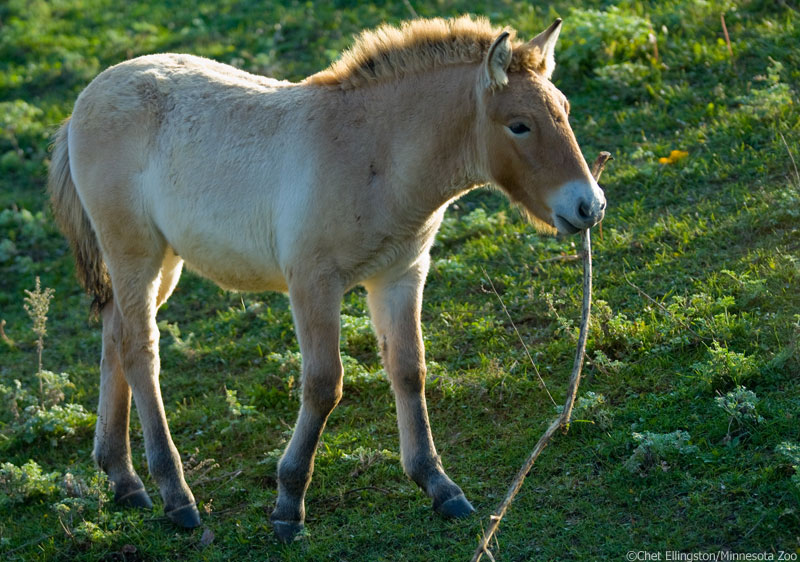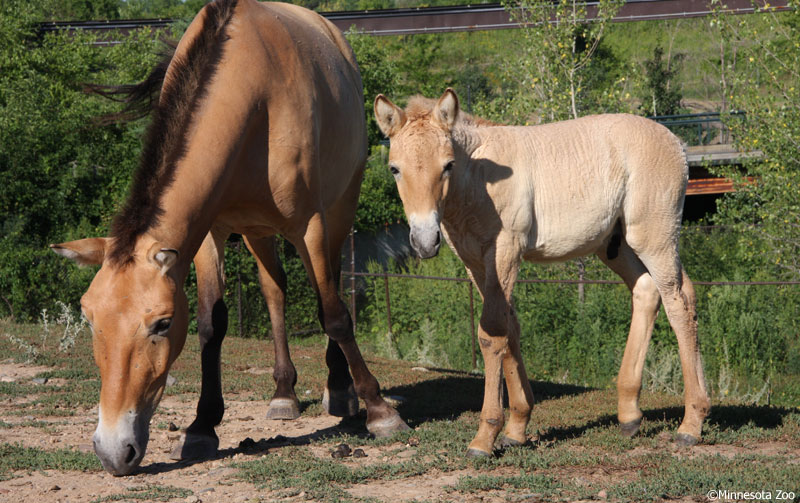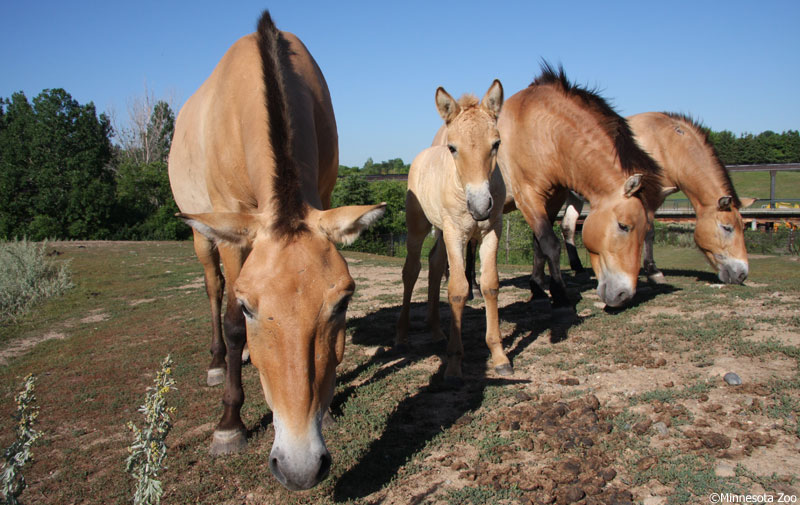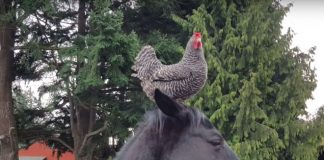As usual, no matter what topic I’m researching, call of horse talk pulls me in. This time, I was researching tigers for a children’s book that I’m writing for the National Geographic Society.

This is exactly what happened with Asian wild horses, also known as Przewalski’s horses (pronounced sheh-VAHL-skee” or “per-zhuh-VAHL-skee”). I found this out when one of the tiger experts I have consulted with (Dr. Tara Harris, the Director of Conservation at the Minnesota Zoo) reached out to me with some tantalizing info about the Minnesota Zoo’s work with the Smithsonian Conservation Biology Institute to study and help Asian wild horses. Remarkably, this species went extinct in the wild in the 1960’s and has now started to recover. The working group has launched a new webpage, www.truewildhorse.org.

According to the website, the Asian wild horse is the last of the true wild horses on the planet. They have lived on the grassland steppes of Europe, Central Asia, and China since at least 36,000 BC and maybe as long as 70,000 BC. This wild horse species is not the same species as our modern wild mustangs.

Dr. Harris told me about how the Minnesota Zoo had sent a stallion to the European breeding program. He now has more than 80 descendants living wild and free in that park. Pretty great for a species that was extinct in the wild 40 years ago. The program will soon launch a new project in Hustai Nuruu National Park in Mongolia. “It’s a great story,” Dr. Harris told me, “and we’re excited to get started with some new research there.”
Back to Over the Fence






Another breed I need to read up about. Ssuch great pictures, its almost like I am right there.
I’ve heard about the Przewalski horse for a long time now; such a great breed!
cool, that baby is too cute!
I love this breed and am glad it’s doing so well.
I sure like these articles about different or unknown breeds. I alway learn new things on Horse Channels.